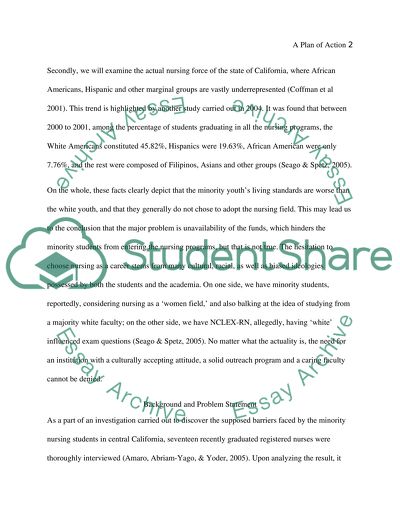Cite this document
(“Visions of Success of Minority Nursing Students Research Paper”, n.d.)
Retrieved de https://studentshare.org/nursing/1392175-visions-of-success-of-minority-nursing-students
Retrieved de https://studentshare.org/nursing/1392175-visions-of-success-of-minority-nursing-students
(Visions of Success of Minority Nursing Students Research Paper)
https://studentshare.org/nursing/1392175-visions-of-success-of-minority-nursing-students.
https://studentshare.org/nursing/1392175-visions-of-success-of-minority-nursing-students.
“Visions of Success of Minority Nursing Students Research Paper”, n.d. https://studentshare.org/nursing/1392175-visions-of-success-of-minority-nursing-students.


